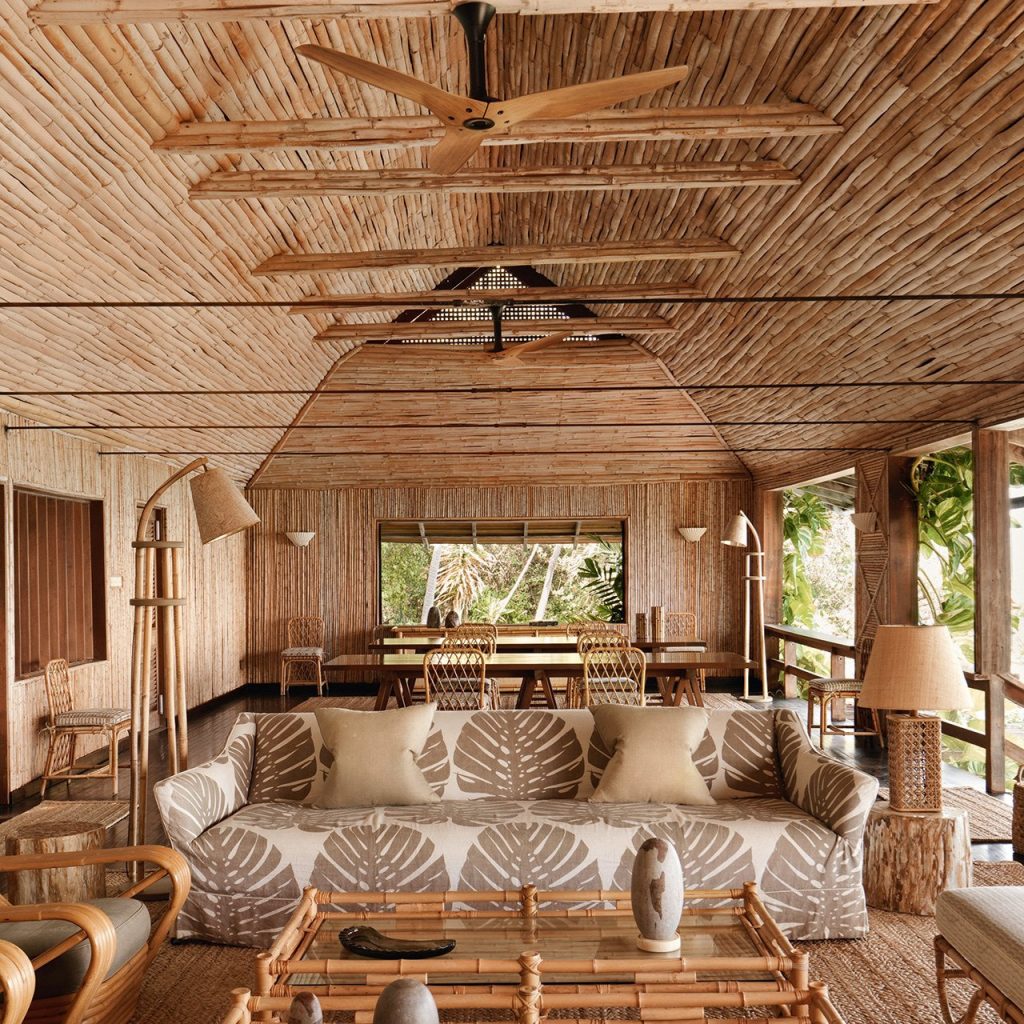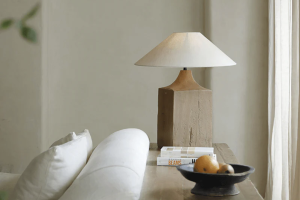Introduction
Japanese gardens have always been admired for their serene and peaceful atmosphere, where every element is meticulously placed to create a harmonious balance with nature. Amongst the various styles of Japanese gardens, the Wabi Sabi garden is one of the most revered for its simplicity and timeless beauty. In this article, we will delve into the mystical simplicity of Japanese Wabi Sabi Gardens, its history, design principles, and the significance of its elements.
History of Wabi Sabi Garden
The Wabi Sabi garden traces its roots to the Zen philosophy of Buddhism, which originated in China and later spread to Japan. Zen Buddhism emphasizes the practice of mindfulness, simplicity, and enlightenment through meditation. The Wabi Sabi garden embodies these principles with its sparse arrangements, natural materials, and imperfections that reflect the beauty of impermanence and aging.
The term ‘Wabi Sabi’ itself is a compound word derived from two Japanese words, ‘wabi’ and ‘sabi.’ ‘Wabi’ means ‘austere simplicity’ or ‘rustic elegance,’ while ‘Sabi’ refers to ‘the beauty of imperfection’ or ‘the value of natural aging.’ The philosophy of Wabi Sabi thus emphasizes the beauty in the simple and modest, the natural and imperfect.
Design Principles of Wabi Sabi Garden
The Wabi Sabi garden is characterized by its minimalist design and use of natural materials. Some of the design principles include:
Asymmetry:
Wabi Sabi gardens are typically designed with an asymmetrical balance, meaning that there is no fixed central axis. Instead, the plants, rocks, and other elements are arranged in a way that creates a sense of movement and flow, akin to nature.
Simplicity:
Simplicity is a key principle of the Wabi Sabi garden. The design is minimalistic, with only a few select elements that convey a sense of harmony with nature. The simplicity of the garden design emphasizes the value of natural beauty that we often overlook in our modern world.
Natural Materials:
Wabi Sabi garden design relies heavily on natural materials such as rocks, sand, gravel, and plants that showcase the beauty of imperfection and natural aging over time. The use of organic materials and their natural patina enhances the sense of vintage appeal in a Wabi Sabi garden.
Elements of Wabi Sabi Garden
Wabi Sabi gardens incorporate several elements that reflect its design principles and philosophy. Some of the key elements of a Wabi Sabi garden include:
Sand and Gravel:
Sand and gravel are often used as a base or ground cover in Wabi Sabi gardens, making it easy to maintain and adds texture and depth to the landscape. Sand and gravel also reflect the Zen principle of mindfulness, where the act of raking the gravel can be meditative.
Rocks:
Rocks are a fundamental element in Japanese gardens, and Wabi Sabi gardens are no exception. The placement of rocks is symbolic of mountains and waterfalls in nature, and they create a sense of calmness and tranquility. Rocks also represent stability and the permanence of nature.
Plants:
Plants in Wabi Sabi gardens are chosen for their simplicity and natural beauty. They are arranged in groups and patterns to create a sense of contrast and harmony with the surrounding natural elements.




More Posts
Revamp Your Living Space with These Trendy Design Furniture Pieces
Unraveling the Mystery of Bird Ring Colors by Year
Charming Vintage Pink Lamps: Adding Timeless Elegance to Your Home Decor